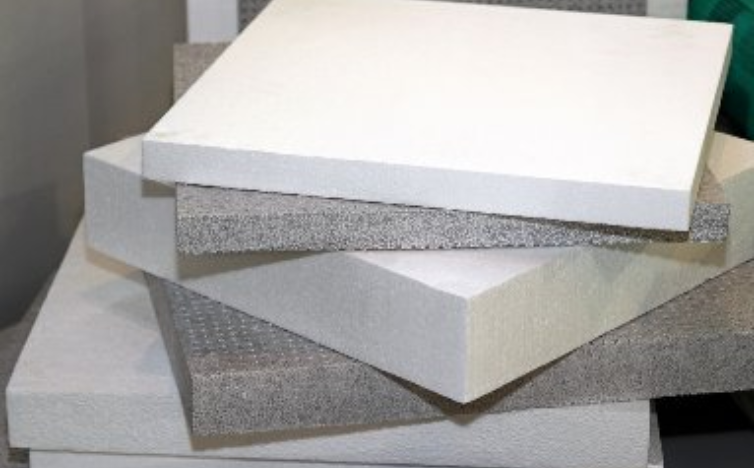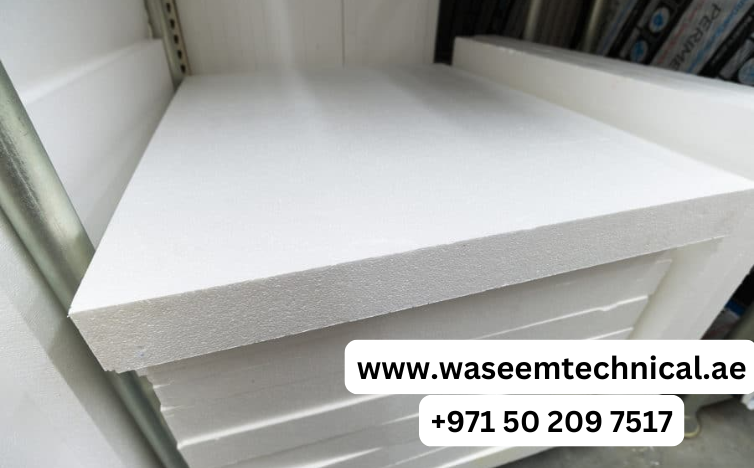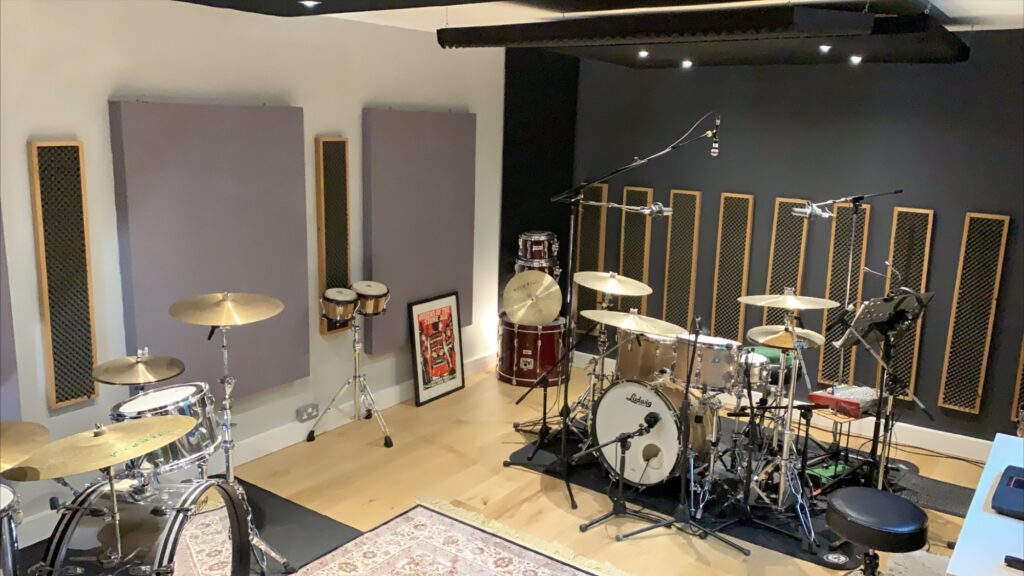When it comes to acoustic treatment, many people look for affordable and accessible materials to improve sound quality in their spaces. Styrofoam, a lightweight and inexpensive material, often comes up as a potential option. But does it actually work for acoustic treatment? In this article, we’ll explore the properties of Styrofoam, its effectiveness in soundproofing, and whether it’s a viable choice for your acoustic needs.
What is Styrofoam?
Styrofoam is a type of expanded polystyrene foam, commonly used for insulation, packaging, and crafting. It’s known for being lightweight, moisture-resistant, and easy to cut or shape. These properties make it a popular choice for various DIY projects, but its effectiveness in acoustic treatment is often debated.

How Does Acoustic Treatment Work?
Acoustic treatment involves managing sound waves within a space to reduce echoes, reverberation, and unwanted noise. This is typically achieved using materials that absorb, diffuse, or block sound. Effective acoustic treatment requires materials with specific density and porosity to interact with sound waves properly.
Can Styrofoam Absorb Sound?
Styrofoam has limited sound-absorbing capabilities. While it can reduce high-frequency sounds to some extent, it is not effective at absorbing mid or low-frequency sounds. This is because Styrofoam lacks the density and porous structure needed to trap and dissipate sound energy effectively. As a result, it may slightly reduce echoes but won’t provide comprehensive acoustic treatment.
Is Styrofoam Good for Soundproofing?
Soundproofing requires materials that block sound from entering or leaving a space. Unfortunately, Styrofoam is not suitable for soundproofing. Its lightweight and airy structure make it ineffective at blocking sound waves. For proper soundproofing, denser materials like mass-loaded vinyl, drywall, or acoustic panels are recommended.
Limitations of Using Styrofoam for Acoustic Treatment
- Poor Sound Absorption: Styrofoam’s lack of density and porosity limits its ability to absorb sound effectively.
- Flammability: Styrofoam is highly flammable and can release toxic fumes when burned, making it unsafe for certain environments.
- Environmental Concerns: Styrofoam is not biodegradable and can contribute to environmental pollution.
- Aesthetic Limitations: Styrofoam is not visually appealing and may require additional covering to blend into a room’s decor.
Better Alternatives for Acoustic Treatment
If you’re looking for effective acoustic treatment, consider these alternatives:
- Acoustic Panels: Designed specifically for sound absorption, these panels are available in various sizes and designs.
- Fiberglass Insulation: Offers excellent sound absorption and is commonly used in studios.
- Foam Tiles: Lightweight and affordable, foam tiles are a popular choice for reducing echoes.
- Heavy Curtains and Carpets: These can help absorb sound and reduce reverberation in a room.
Call us: Contact Waseem Technical Soundproofing Expert in Dubai For Soundproofing: +971 50 209 7517
Conclusion
While Styrofoam may seem like a convenient and cost-effective option for acoustic treatment, its limitations make it a poor choice for serious sound management. It lacks the necessary properties to absorb or block sound effectively and poses safety and environmental concerns. For better results, invest in materials specifically designed for acoustic treatment, such as acoustic panels or fiberglass insulation. By choosing the right materials, you can achieve optimal sound quality and create a more comfortable listening environment.




